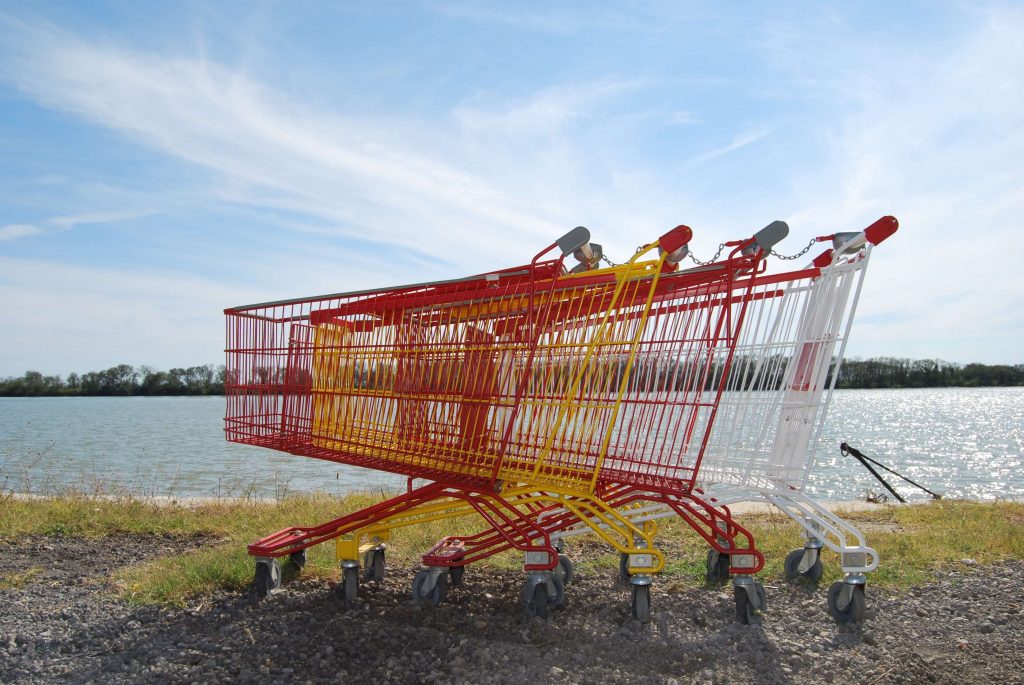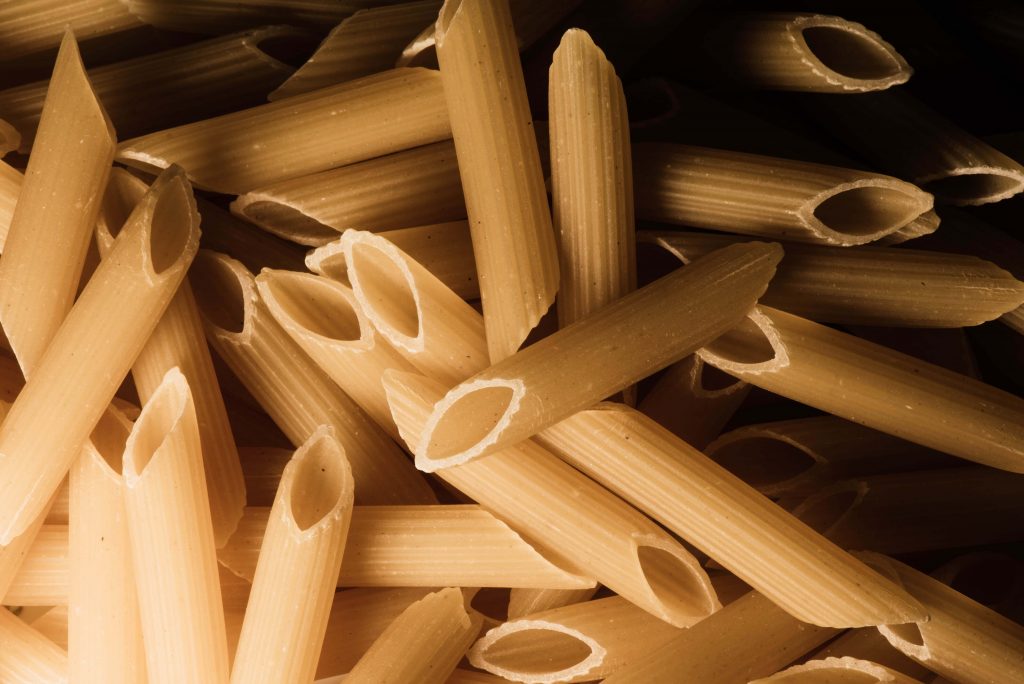You have probably thrown away food more than once because it was out of date or you didn’t know what to do with the leftovers. Such “sins” happen to everyone, so it is worth learning more about the zero waste kitchen.
Food waste is a global problem – the available data is horrifying, only in Europe about 88 million tons of food is thrown away annually, 47 million tons of which comes from households.
Throwing food away means wasting
Discarded food also has a negative impact on the environment. Decomposing food increasesCO2 emissions.
Food waste results from several factors:

Zero waste cuisine dishes are:
Contrary to what you may think, zero waste cooking isn’t about eating the same thing all week, it’s about eating a healthy and balanced diet. Instead of buying more food full of enhancers (e.g. because there’s a promotion), it makes sense to buy less, but good quality.
Menu planning is fundamental in the zero waste kitchen. If planning a menu for a week ahead is too much of a challenge for you, then try to plan a menu for at least three days. This way you know what foods you will need.
Before you go out shopping, make a list of all the ingredients you’re missing that are necessary for the dishes you planned ahead.

It’s a good idea to buy dry produce in larger quantities once in a while, and fresh produce in small quantities according to your current needs. Buying dry products less often has many advantages – you can easily prepare a meal or bake a cake with these ingredients.
Buy only as much fresh produce as you can eat. When buying dairy products, be sure to observe the ‘use by’ date. You can freeze leftover sausage and use it later, e.g. for bigos or casseroles. Freezing is a good way to extend the freshness of vegetables, which you can later use for e.g. soup or vegetable stew.
When buying vegetables and fruit, it’s worth choosing seasonal products, which are cheaper and healthier than imported ones. To make fresh produce look nice and keep it fresh for a long time, it is sprayed with various chemical preparations that have a negative impact on human health.
Preparing meals at home is cheaper and healthier than ready-made products. Many ready-made meals are packed in disposable packaging and contain sulfates that are harmful to health.

Fabric bags, lunchboxes, jars and other packaging are a healthy eco-friendly way to store food. With reusable packaging, you reduce the amount of plastic produced that is harmful to the planet.
If you have food left over and you know you won’t eat it for various reasons, don’t hesitate to donate it to an eatery. In every bigger city there is a refrigerator where you can leave food useful for consumption.
In zero waste cuisine the principle is “and last not least” – that means that even from leftovers you can cook something tasty: